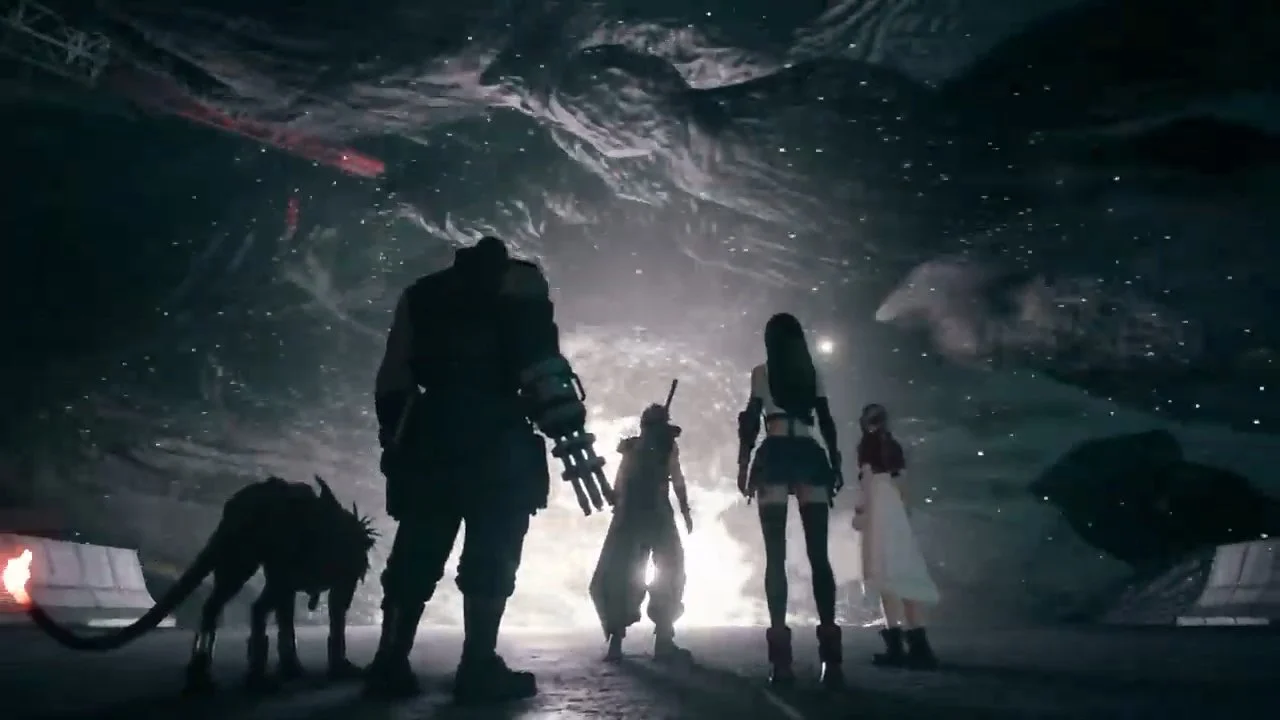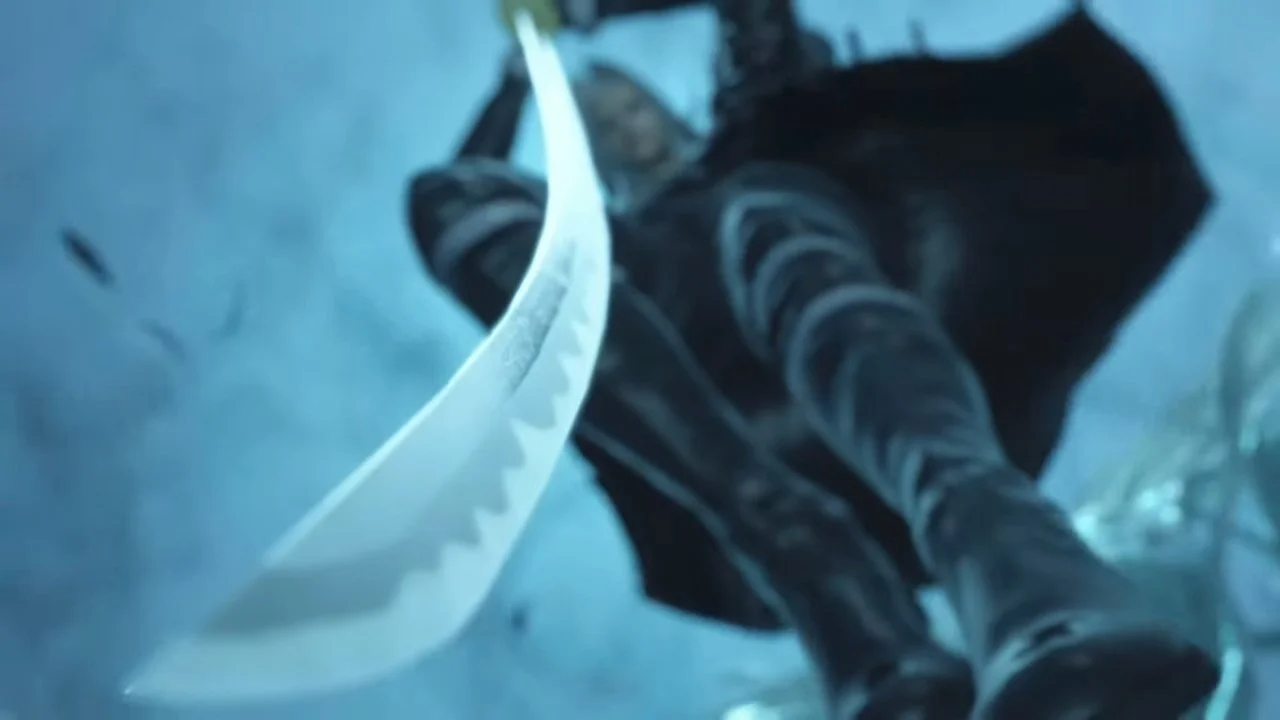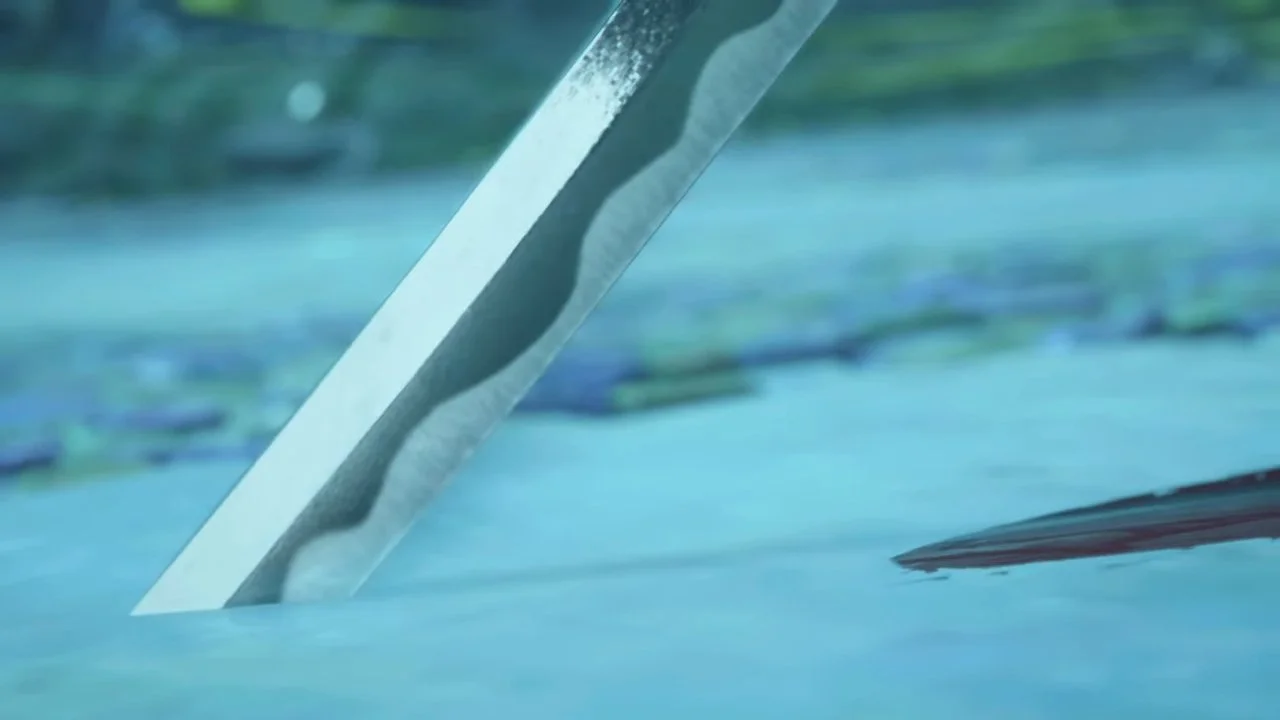Michael Beckwith Needs To Talk About That Part Of Final Fantasy VII: Rebirth | Winter Spectacular 2024
As I played through Final Fantasy VII Rebirth, I could just tell it would be my game of the year for 2024. For every low point, there were several highs that easily made up for them. It was a journey I don’t regret a second of thanks to its charismatic and likeable main cast, refined combat and customisation options, impressive range of side activities, and stellar soundtrack that absolutely deserved that best score and music win at The Game Awards.
I could easily ramble about every minute detail I loved about Rebirth, but instead, I want to focus on one scene in particular. Specifically, the most famous scene from the original Final Fantasy VII, what may be the most important scene not just in the original game, not just in Rebirth, but in this entire remake trilogy a scene that the development team could have so easily fumbled and yet nailed perfectly. You all know what I’m talking about, but in case you don’t… well, that’s honestly impressive. But then, you can’t stay because I’m spoiling the shit out of Final Fantasy VII, Remake, and Rebirth.
Still here? Okay, let’s talk about Aerith and her death.
Aerith resonated with a lot of players. She was a ball of sunshine, but never naïve, a kind and gentle soul who knew how to stand up for herself. How could players not love her? Which is why it’s so heartbreaking when Sephiroth suddenly descends from on high and plunges his sword into her back, with you and Cloud unable to do anything about it.
I only got ‘round to playing Final Fantasy VII during the Covid-19 pandemic, and despite the now-dated graphics and being keenly aware that Aerith was a dead woman walking thanks to pop culture osmosis, I still acknowledged what a powerful moment this scene is.
Given how Final Fantasy VII Remake goes to great lengths to reinterpret pivotal and even some not-so-pivotal moments, I worried Aerith’s death would lose some of the simplicity behind it and turn into something overly drawn out, that tries too hard to be the saddest, most awful thing ever.
As I played through Remake, the question gradually changed from “How will they handle Aerith’s death?” to “Will they even kill Aerith at all?” Quite early on, it becomes clear Remake isn’t as straight a retelling of the original game and is some kind of pseudo-sequel and meta-commentary on the nature of remakes. The events of Final Fantasy VII have already happened in some dimension (something Aerith herself is keenly aware of), with Whispers – the literal manifestation of the planet’s will – trying to ensure the story doesn’t go off the rails, so it progresses exactly the same as it did before.
Remake’s climax isn’t just Cloud and Co. taking a swing at Sephiroth early; it’s them taking a stand against fate so they can move forward knowing they – and they alone – decide their destiny. Remake unsubtly telegraphs that, in doing so, future events may turn out very differently, for better or for worse. Rebirth’s marketing even refers to the game as the unknown journey. Square Enix successfully made one of the most famous and thus predictable plot twists unpredictable again.
There was no longer any certainty Aerith could die. Fans had a morsel of hope that, maybe this time, they could save her. And if she still died, it would still have the same emotional impact as her original death in 1997. It’s an incredibly smart decision, and while there’s a debate to be had on whether Rebirth succeeded or failed to live up to the promise Remake’s climax made, I remained uncertain throughout the journey whether Aerith’s fate could be averted. I even theorised, if she somehow lived, that it could come with equally dire consequences, like Tifa or Cloud dying in her place, which would drastically alter how the eventual third game would play out.
Anyway, all this preamble brings us to the actual scene in Rebirth. For the most part, the events are all very familiar. Aerith is in the Forgotten Capital, praying to the planet for aid. Cloud approaches, but this time, the place is swarming with white and black Whispers, the former continuing to uphold the planet’s will, while the latter serve Sephiroth. Yet these opposing forces both try to prevent Cloud from approaching Aerith; the black ones going so far as to force Cloud into cutting Aerith down himself (an action he was nearly manipulated into doing in the original game, too) or at least hold him in place so he can’t save her. There’s an additional QTE so the player can try to resist their influence, but the fading button prompts make it clear neither you nor Cloud get a say in the matter.
Soon enough, black feathers drift down from the sky, heralding Sephiroth’s arrival. My heart was in my throat seeing the silver-haired bastard descend, ready to repeat history. Was it all for naught? Were the efforts of Cloud and his friends to deny destiny meaningless?
Suddenly, there’s a flash of light around Cloud’s sword. With a determined cry, he breaks out of whatever hold he was under and takes a swing. Time slows down. Would he even make it in time?
He does! His and Sephiroth’s swords clash, sparks flying above Aerith’s head. Even in this moment, I feared it wouldn’t be enough, fully expecting Sephiroth to power through and drive his blade through Aerith regardless. I cheered with genuine elation when Cloud forces Sephiroth back, knocking his obnoxiously large sword away and letting its tip plunge into the ground away from Aerith.
In the seconds that followed, my mind was running wild. Like, we’d done it. We did the impossible and changed Aerith’s fate. The savvier half of my brain was probably trying to warn me that things couldn’t be that easy, but I was too damn pumped up at getting a win over Sephiroth.
… And then the world shifted. Next thing I knew, a trail of blood trickled across the ground as Sephiroth pulled his bloodstained sword out of Aerith’s body, the scene recreating that oh-so-familiar needle drop of Aerith’s theme as her white materia bounces across the floor before falling into the water below.
This is the cruellest thing the game could have done. Had Aerith just died, it would be tragic certainly, but this is infinitely worse. Cloud saved her, he achieved the impossible, and the world, like a petty game master butthurt that their players won a challenge they shouldn’t have, retcons Cloud’s triumph… because this is how things are meant to happen. The rug wasn’t just pulled from under my feet; Square Enix had rolled it up and smacked me over the head with it for daring to believe things could be different this time.
And this isn’t even getting into all the weird shit that happens afterwards, with flashes of the original death scene, the game skipping Aerith’s equally iconic burial, and Cloud continuing to see and talk with Aerith after the fact, leaving some degree of ambiguity over whether she’s actually dead.
But it’s the moment of her death itself that I especially love. Simply doing the scene again but with voice acting and better graphics probably would’ve been fine, but the predictability would have mitigated the tragedy, even with the prior suggestions of a potential alteration of fate. Letting Cloud save her, only to immediately snatch that victory away, is, frankly, genius, retaining the exact emotional intent as the original scene, undiminished by age and recognisability. If anything, it makes you feel more outraged at the unfairness of it all and, ironically, more determined to spit in the face of fate and Sephiroth.










